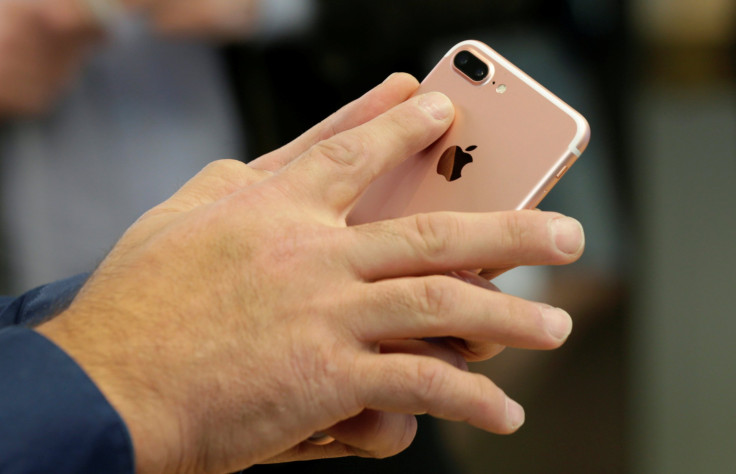Apple iPhone 7 Plus vs Huawei Mate 9 camera comparison: Duel of the dual cameras [VIDEO]

The iPhone 7 Plus has one of the best cameras in the mobile phone industry due to its dual-camera setup. The relatively new Huawei Mate 9, meanwhile, also boasts of its Leica dual-lens main shooter that has drawn praise from critics. Let’s see how the Apple iPhone 7 Plus fares against the Huawei Mate 9 in a duel of dual-cameras.
READ: Samsung Galaxy A5 (2017) launches: Official specs, features, price and release date revealed
The primary shooter of the Huawei Mate 9 is a second generation Leica dual-lens f/2.2 camera with a 12 MP RGB sensor and a 20 MP monochrome sensor. It has optical image stabilisation (OIS) and phase detection features. Although images produced by the Mate 9 in adequate light conditions are in-depth and detailed, the auto-HDR mode tends be overwhelming against direct sunlight.
Low-light shots taken with the Mate 9 aren’t that impressive even with OIS. The Huawei flagship’s dedicated monochrome sensor disregards the need for filters on black-and-white shots. The variable aperture mode is sufficient, but can sometimes obscure a large portion of the foreground.
The Huawei Mate 9’s front-facing 8 MP f/1.9 selfie camera is better than that of the iPhone 7 Plus. It comes with autofocus and sensor-activated shutter.
READ: Samsung Galaxy S7 Edge vs iPhone 6s Plus: Battery performance test and comparison
The main camera of the iPhone 7 Plus is a dual 12 MP shooter with a 28 mm f/1.8 aperture. It has phase detection autofocus, 2x optical zoom and quad-LED flash. The lens of the iPhone 7 Plus takes in considerably more light compared to that of its predecessor, the iPhone 6s Plus.
The iPhone 7 Plus camera also has
While the latest Apple flagship resolves abundant details in decent lighting, it isn’t categorically better than previous iPhone variants. Certain softness in corners of some shots can also be seen at times.
WATCH: Apple iPhone 7 Plus vs Huawei Mate 9 camera comparison
Credit: Gadget Plus





















